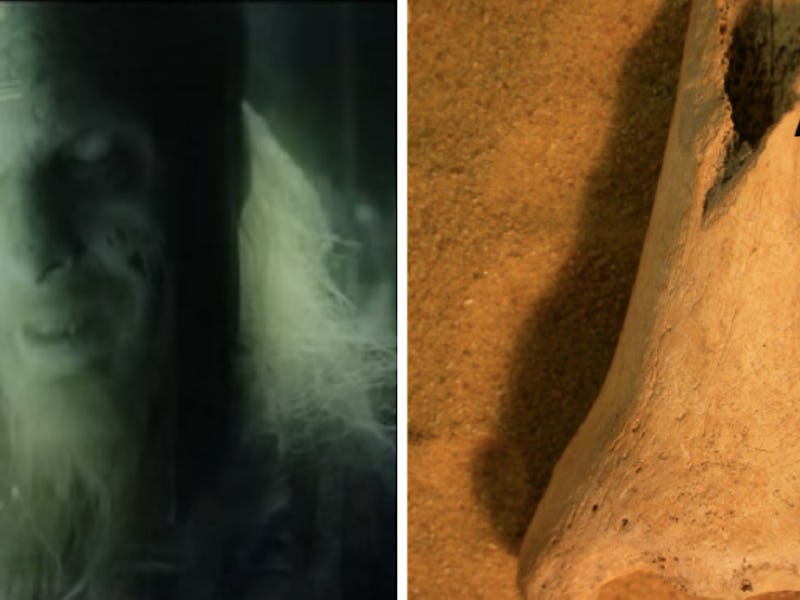Ancient Mutilated Corpses Reveal Medieval Anti-Zombie Ritual

Imagine a medieval, plague-filled version of The Walking Dead: That’s the nightmare English villagers feared would become reality between the 11th and 13th centuries. At the time, traditional folklore warned that malevolent people would continue to do evil deeds after death, rising from their graves, spreading disease, and attacking the living. Now, newly released archaeological research shows the first-ever scientific evidence that these villagers did all that they could to save themselves from zombie resurrection.
In a paper released Monday in the Journal of Archaeological Science: Reports, researchers write that skeletal remains found in Wharram Percy, England, are evidence of the brutal practices villagers performed to protect themselves from evil, reanimated corpses. Using strontium isotope analysis and bone examination techniques on 137 excavated bones, they found that the bodies of at least ten individuals were burned, had broken bones, and were mutilated with knives. Radiocarbon dating pinpointed the remains to somewhere between the 11th and 13th centuries A.D. — which was the same period that writers preached that the best way to stop a corpse from reanimating was to dig it up, then dismember it.
What remains of the Wharram Percy village.
In a statement, lead author and University of Southampton archaeology professor Simon Mays says that he believes these remains are the “first good archeological evidence” of the zombie-preventative practice. Before coming to this conclusion, Mays and his team ruled out other explanations for the mangled remains, such as cannibalism or purposeful mistreatment of bodies from different villages. They were able to rule out cannibalism because the knife marks on the remains were located on the head and neck area, not around muscle attachments or large joints, which is where cannibalism wounds usually cluster. And, because genealogical analysis of the teeth found alongside the bones showed similarities with remains previously found in the area, they were able to rule out the idea that the corpses were deliberately beat up because they belonged to enemies outside the village.
Adult cranium remain with evidence of burning.
The remains, which are believed to have been from individuals aged between two and 50, were originally found in the 1960s but hadn’t been examined until now. The village was located near what is now York, and, according to The Guardian, is believed to have been abandoned because of “plague, depopulation, or changing agricultural practice.” These individuals were buried in overlapping pits and are believed to have been decapitated soon after death — another effort to keep the corpses from coming back to life.
“It shows us a dark side of medieval beliefs and provides a graphic reminder of how different the medieval view of the world was from our own,” Mays said.